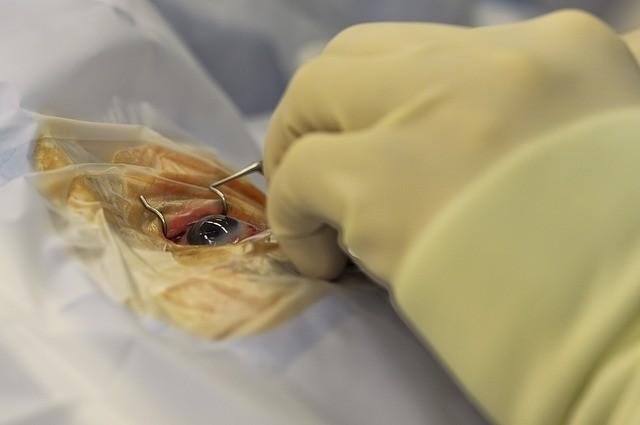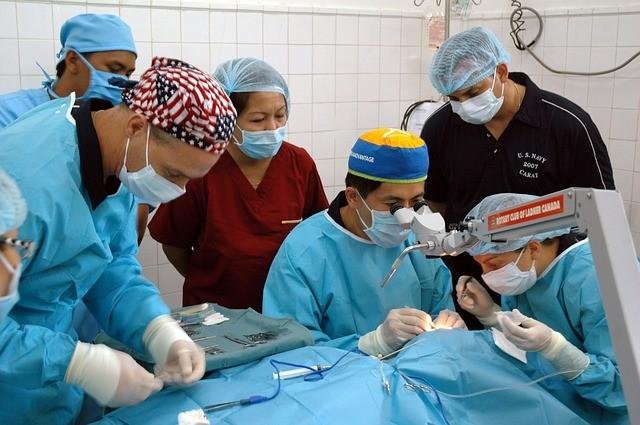Replacing Tissues And Organs
Blood Transfusion
Blood transfusion is generally the process of receiving blood or blood products into one's circulation intravenously. Transfusions are used for various medical conditions to replace lost components of the blood. Early transfusions used whole blood, but modern medical practice commonly uses only components of the blood, such as red blood cells, white blood cells, plasma, clotting factors, and platelets.source

Blood transfusions are probably the most familiar and frequent form of “replacement parts” for people. Blood is a tissue, and when properly typed and cross-matched may safely be given to someone with the same or a compatible blood type. Organs, however, are much more complex structures. When a patient receives an organ transplant, there is always the possibility of rejection (destruction) of the organ by the recipient’s immune system.
With the discovery and use of more effective immune-suppressing medications, however, the success rate for many types of organ transplants as increased. Organs that may be transplanted include corneas, kidneys, the heart, the liver, and the lungs. The skin is also an organ, but skin transplanted from another person will not survive very long. Several kinds of artificial skin are now available to temporarily cover large areas of damaged skin.
Example of Replacing Research
Patients with severe burns, for example, will eventually need skin grafts from their own unburned skin to form permanent new skin over the burn sites. It is possible to “grow” a patient’s skin in laboratory culture, so that a small patch of skin may eventually be used to cover a large surface. Other cells grown in culture include cartilage, bone, pancreas, and liver.
Much research is being done on liver implants (not transplants), clusters of functional liver cells grown in a lab. Such implants would reduce or eliminate the need for human donors. Tissue engineering is also being used to create arteries and urinary bladders. Many artificial replacement parts have also been developed. These are made of plastic or metal and are not rejected as foreign by the recipient’s immune system.What is artificial tissue?
An artificial organ is an engineered device or tissue that is implanted or integrated into a human — interfacing with living tissue — to replace a natural organ, to duplicate or augment a specific function or functions so the patient may return to a normal life as soon as possible. The replaced function does not have to be related to life support, but it often is. For example, replacement bones and joints, such as those found in hip replacements, could also be considered artificial organs.source
Damaged heart valves, for example, may be replaced by artificial ones, and sections of arteries may be replaced by tubular grafts made of synthetic materials. Artificial joints are available for every joint in the body, as is artificial bone for reconstructive surgery. Cochlear implants are tiny instruments that convert sound waves to electrical impulses the brain can learn to interpret, and have provided some sense of hearing for people with certain types of deafness.
Work is also progressing on the use of a featherweight computer chip as an arti- ficial retina, on devices that help damaged hearts pump blood more efficiently, and on small, self contained artificial hearts.
